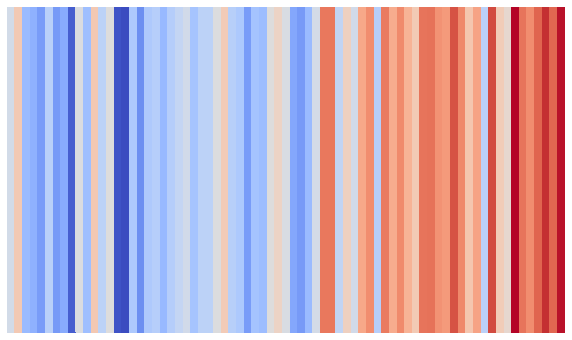Teaching Data Science
Jan 16, 2021
Teaching data science as part of computing can be a rewarding but challenging endeavour. For teachers, it requires a blend of subject knowledge, creativity, and a solid pedagogical approach. Data is central to many aspects of life, and students will benefit enormously from understanding how to manipulate, analyse, and interpret it. Here’s some advice on how to make data science a meaningful and engaging part of your computing curriculum.
Make It Relevant
Students engage best when they see the relevance of what they are learning. Data science offers a wealth of opportunities to connect lessons with students’ real-world experiences. Whether it’s analysing climate data, sports statistics, or trends in social media, incorporating data that interests your pupils makes the subject matter more engaging. Encourage them to formulate their own questions and explore datasets that matter to them.

Teach Through Projects
Project-based learning is a powerful tool when introducing data science. By working on projects, students not only develop coding skills but also learn to apply statistical concepts and critical thinking. A good project could involve investigating weather patterns, analysing school-wide survey data, or even exploring historical trends in global events. Ensure projects involve real data, and where possible, allow students to collect their own datasets, making the learning process hands-on.
Start with Familiar Tools
While Python and R are the gold standards for data science, starting with tools students already know can help ease them into more complex analysis. Google Sheets and Excel offer powerful data manipulation and visualisation capabilities, making them excellent entry points. Once students are comfortable handling data in a spreadsheet, transition them to Python using libraries such as Pandas and Seaborn for more sophisticated analysis.
Integrate Computing with Mathematics
A strong foundation in statistics is essential for data science. Collaborate with maths teachers to ensure students have the necessary background in probability, averages, distributions, and standard deviation. Computing lessons should reinforce these concepts through coding challenges that allow students to build their own functions to calculate mean, median, and mode, rather than simply relying on built-in functions. This approach deepens their understanding of both computing and statistics.
Ethics and Critical Thinking
Data science is not just about crunching numbers; it also involves interpreting and questioning the reliability of data. Teach students to be sceptical of how data is collected, represented, and used. Discuss real-world examples of misleading statistics, biased datasets, and privacy concerns. Encourage students to think critically about the ethical implications of big data, AI, and algorithmic decision-making.
Encourage Exploration and Play
Learning data science should be exploratory rather than rigid. Allow students to experiment with different datasets, visualisation techniques, and coding approaches. Platforms like Jupyter Notebooks provide an interactive environment where they can test hypotheses and iterate quickly. Encouraging curiosity and a willingness to explore data will help develop a deeper appreciation of the subject.
Build Progression Over Time
Data science should not be an isolated unit but something that builds progressively across the curriculum. Introduce basic concepts early on—such as working with small datasets in Scratch or Excel—before moving on to Python and statistical modelling in later years. A structured progression ensures that students develop confidence and competence over time.
Provide Access to Real Data
There are many publicly available datasets that can be used in lessons. Websites like the UK Met Office, data.gov.uk, or Kaggle offer rich datasets that students can explore. Let them work with real-world data rather than artificially clean datasets, so they gain experience handling missing values, inconsistencies, and noise—just as professional data scientists do.

Emphasise Communication
Interpreting data is one thing, but communicating findings effectively is another skill altogether. Encourage students to present their analyses through reports, blog posts, or presentations. Visualisation plays a huge role in this; students should learn to create effective charts and graphs to support their findings. Tools like Tableau and Seaborn make it easier to produce professional-quality visualisations.
Conclusion
Teaching data science as part of computing is a fantastic opportunity to equip students with skills that are highly relevant to the modern world. By making lessons practical, engaging, and ethically grounded, teachers can inspire a new generation of learners who are not only proficient in coding but also able to think critically about data. Whether students go on to become data scientists or not, the ability to understand and question data will serve them well in any field.
Based on a talk I gave at the CSTA Future of CS Summit
Share